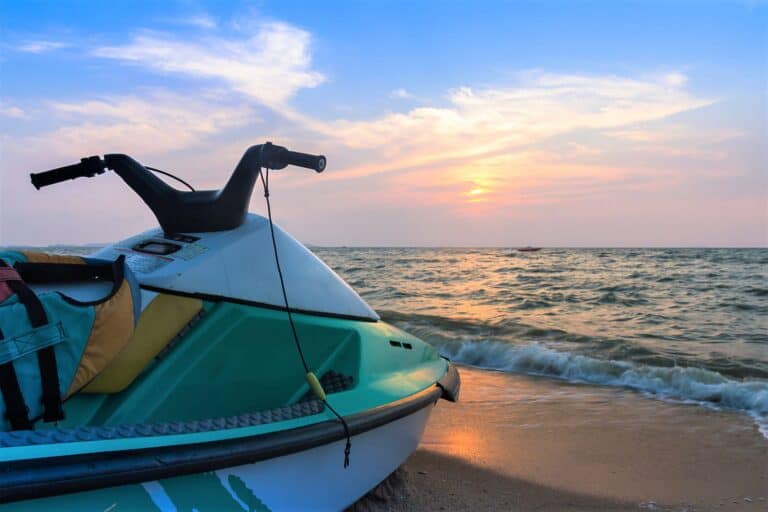Tips For Renting A Jet Ski
It’s time to take the family on a mini-vacation. One great activity is to take the family on a Jetski ride. If you are not sure what is involved in renting a Jetski, you are at the right place. Here are the Top Tips for Renting A Jet Ski. There are 3 major brands, with Jet Skis…


